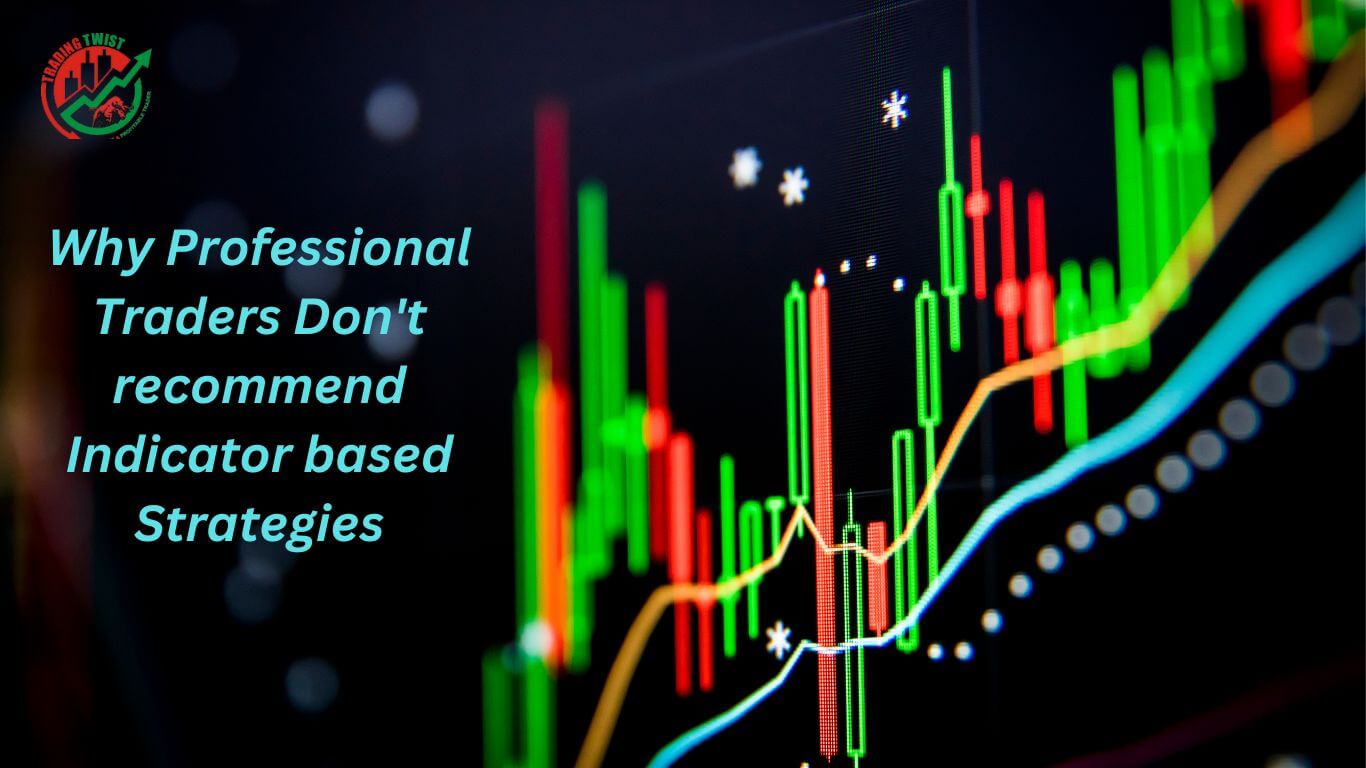
Price action trading is a popular trading indicator-based strategy that relies on analyzing the price movements of an asset to make trading decisions. It is based on the belief that price is the most important indicator of a market’s direction, and that other indicators, such as moving averages and oscillators, are less reliable. Professional traders prefer price action trading because it allows them to see the market in its purest form, without the noise and false signals that can come from indicator-based strategies.
Helping you identify the best time to enter and exit a trade:
One of the key benefits of price action trading is that it helps traders identify the best time to enter and exit a trade. By analyzing price movements and identifying key levels of support and resistance, traders can determine when a market is likely to move in a particular direction. This can help them enter trades at the most favorable prices and exit trades before the market turns against them.
Explaining how to use Fibonacci retracements and levels to improve your trading results:
Fibonacci retracements and levels are popular tools used in price action trading. They are based on the Fibonacci sequence, a mathematical formula that can be used to identify potential levels of support and resistance in a market. By using Fibonacci retracements and levels in their analysis, traders can improve their trading results and increase their chances of success.
Teaching you how to use trendlines to identify areas of support and resistance:
Trendlines are one of the key tools used in price action trading and are a powerful way for traders to identify areas of support and resistance in a market. They are essentially straight lines drawn on a chart that connect two or more significant price points, such as a series of higher lows or lower highs. When trendlines are drawn correctly, they can provide valuable information about the direction of a trend and potential entry and exit points for trades.
In price action trading, trendlines are used to identify areas of support and resistance. A support level is a price level at which buying pressure in the market is strong enough to prevent the price from falling further, while a resistance level is a price level at which selling pressure in the market is strong enough to prevent the price from rising further.
By drawing trendlines on a chart, traders can identify these key levels and use them to make more informed trading decisions. For example, if a trendline is sloping upwards and the price of an asset is consistently bouncing off the trendline and moving higher, this may indicate an uptrend. In this scenario, a trader may look for buying opportunities when the price approaches the trendline, with the expectation that the price will continue to move higher.
Sharing the best techniques for risk management in price action trading:
Effective risk management is critical to the success of any Indicator based Strategies, and price action trading is no exception. In fact, due to its reliance on technical analysis and chart patterns, price action trading can sometimes be more vulnerable to market volatility than other types of trading strategies.
Professional traders understand this and use a range of techniques to manage their risk. One of the most important risk management techniques used in price action trading is position sizing. Position sizing involves determining the size of each trade based on the trader’s account size, risk tolerance, and current market conditions. By carefully controlling the size of each trade, traders can limit their exposure to risk and avoid large losses.
Another important risk management technique used by professional traders is the use of stop-loss orders. Stop-loss orders are instructions given to a broker to automatically close a trade at a specified price level. By using stop-loss orders, traders can limit their losses if the market moves against them.
Hedging is another risk management technique used by professional traders. Hedging involves taking positions in multiple markets or assets that are negatively correlated with each other. For example, a trader might take a long position in one currency pair and a short position in another, in order to balance out their exposure to risk.
Encouraging you to use live trading platforms to improve your skills:
Professional traders also encourage traders to use live trading platforms to improve their skills. These platforms provide real-time market data and allow traders to practice their Indicator based Strategies in a simulated trading environment. By using a live trading platform, traders can gain experience and confidence without risking real money. This can help them refine their approach over time and increase their chances of success in the markets.
In Conclusion
Professional traders prefer price action trading over indicator-based strategies because it allows them to see the market in its purest form and make more informed trading decisions. By mastering the basics of price action trading, using tools such as Fibonacci retracements and trendlines, implementing sound risk management techniques, and using live trading platforms to improve their skills, traders can increase their chances of success in the markets.








